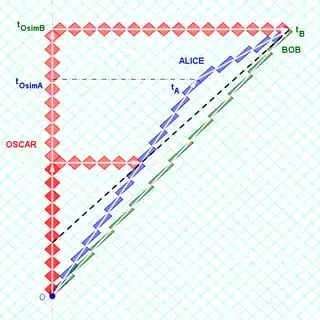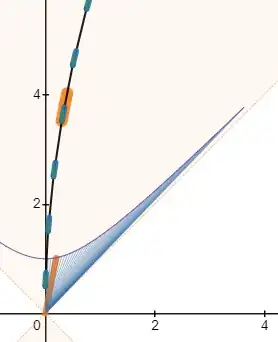If the laws of physics are the same in all inertial frames why can't we accelerate a particle stationary in its own frame to 0.99c?
Consider a particle that has been accelerated to 0.99c in a particle accelerator in direction d. In the stationary frame of the particle the laws of physics should allow the particle to be accelerated in direction d to 0.99c resulting in a relative speed of 1.98c in direction d from the stationary frame of the particle accelerator.

